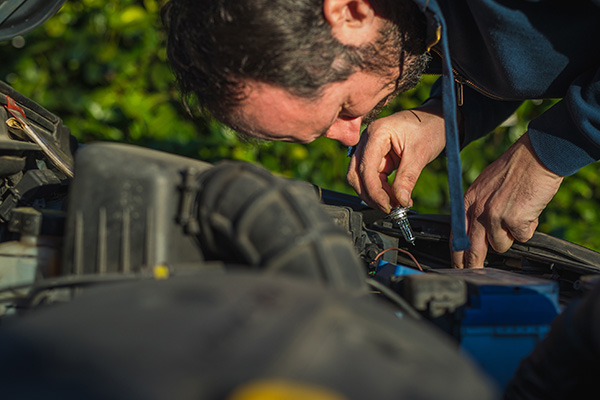Posted on 3/28/2025

Noticing a strange electrical smell inside your car is never a good sign. Unlike spilled food or musty odors, a burning electrical smell often points to a more serious problem. Whether it happens occasionally or lingers every time you drive, it’s important to identify the cause before it turns into a costly repair—or worse, a potential fire hazard. What Causes an Electrical Smell in Your Car Electrical smells are usually the result of overheating wires, burning insulation, or short circuits. Your car’s electrical system is made up of dozens of components, and when something malfunctions, the excess heat can create a distinct burning odor. Common Sources of Electrical Smells in VehiclesOverheating Electrical Wires and Components Your car’s wiring is coated with insulation to protect against heat and electrical shorts. If a wire overheats or gets damaged, the insulation can melt, burn, or even catch fire, pro ... read more
Posted on 2/28/2025

Thick exhaust smoke isn’t something you should ignore. While a little vapor on a cold morning is normal, persistent, thick smoke in unusual colors signals engine trouble. The color of the smoke—whether it's white, blue, black, or gray—can tell you a lot about what’s happening under the hood. Some causes are easy to fix, but others can indicate serious engine damage that needs immediate attention. What Causes Thick Exhaust Smoke Your exhaust system is designed to release emissions safely, but when something goes wrong inside your engine, those emissions can change in color, thickness, and smell. Different types of smoke can mean different problems, ranging from burning oil to coolant leaks or fuel system issues. What Do Different Exhaust Smoke Colors Mean If your car is producing thick, noticeable exhaust smoke, the color can give you an idea of what’s causing it. White Smoke A small amount of thin ... read more
Posted on 1/31/2025

There’s something undeniably captivating about classic cars. They tell stories of a bygone era, showcasing a perfect blend of artistry and engineering. However, with the passage of time, even the most iconic vehicles can fall victim to rust, wear, and neglect. That’s where classic car restoration comes in—a meticulous process that brings vintage automobiles back to their former glory. But how does one transform a rusty relic into a head-turning masterpiece? Let’s explore the art and science behind classic car restoration. The Classic Car Restoration Restoring a classic car isn’t just about slapping on a fresh coat of paint and calling it a day. It’s an intricate process that requires attention to detail, patience, and technical know-how. Restoration typically involves disassembling the vehicle, repairing or replacing damaged components, and meticulously reassembling everything to ensure it works like new. This process can be as co ... read more